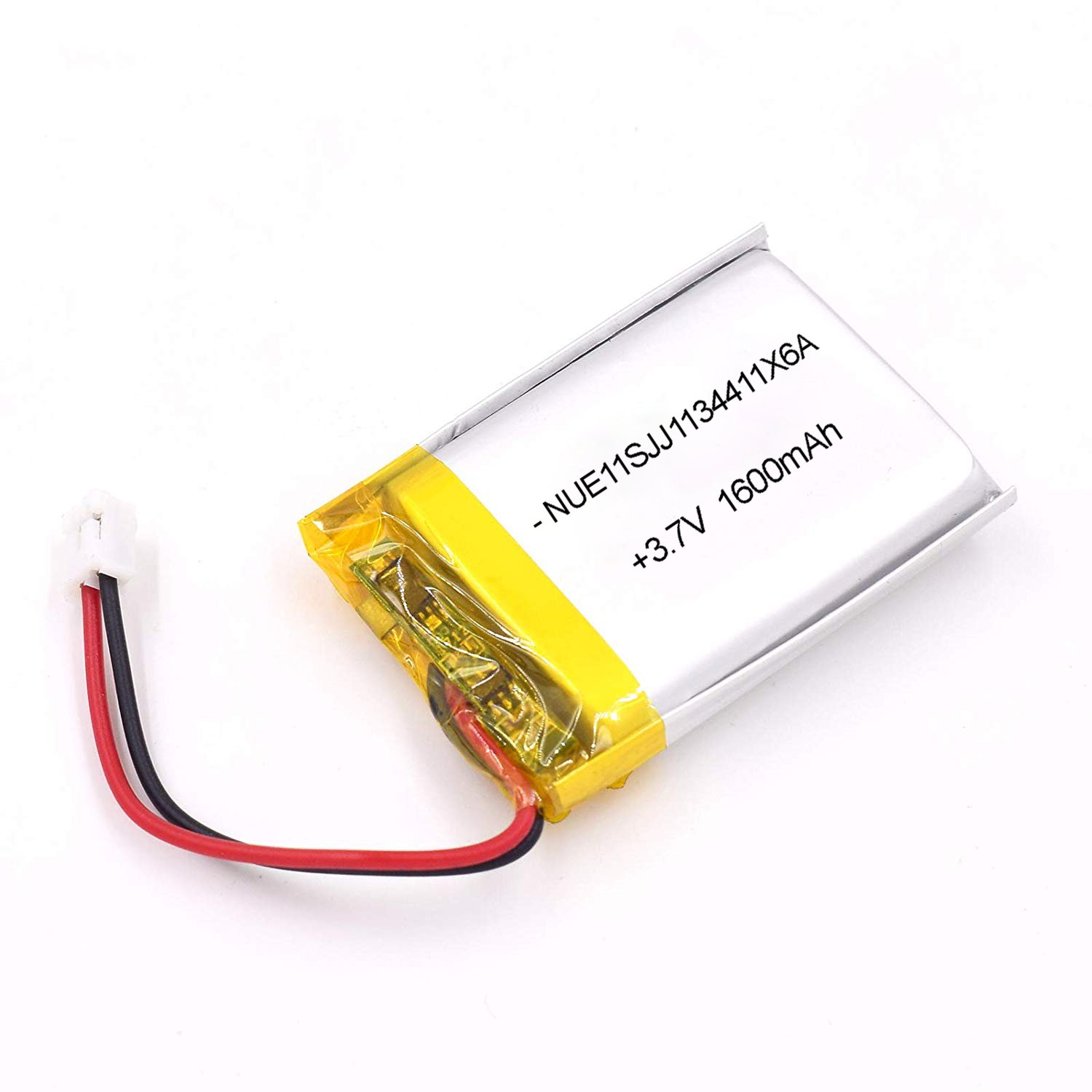The RC industry has recently gone through a transformation, with many people switching away from nitro engines to electric motors. A big part of that is due to the efficiency and power of electric brushless motors, but the other big reason is due to the recent advances in battery technology.
Previously, the biggest challenge with electric RC cars was that they were underpowered compared to their nitro counterparts. Lithium polymers (LiPo) batteries have changed that now because they are lighter and more powerful than regular NiCad and NiMH batteries.

Unlike NiCad and NiMH, LiPo batteries also do not self-discharge when connected in parallel which means that LiPo batteries can be connected in parallel to double their capacity which means longer run times for your RC. They can also be connected in series to increase their voltage.
By combining LiPo batteries in different parallel and series configurations, manufacturers can create LiPo packs to suit any of your RC needs. For example, the voltage on the pack can be increased by wiring LiPo packs in series. One LiPo cell has a nominal voltage of 3.7 volts so two LiPo batteries connected in series produce 7.4 volts, three produce 11.1 volts, etc.
LiPo packs also have something called a "C" rating that is the maximum average discharge current recommended for the cell. The "C" rating on a LiPo pack can be used to determine the maximum discharge amperage by multiplying the "C" rating by the capacity of the pack.
The kind of power these LiPo batteries are delivering to the brushless motors in electric RC cars is allowing them to reach maximum speeds in excess of 100 m/h, while at the same time increasing run time before needing to charge the battery again.